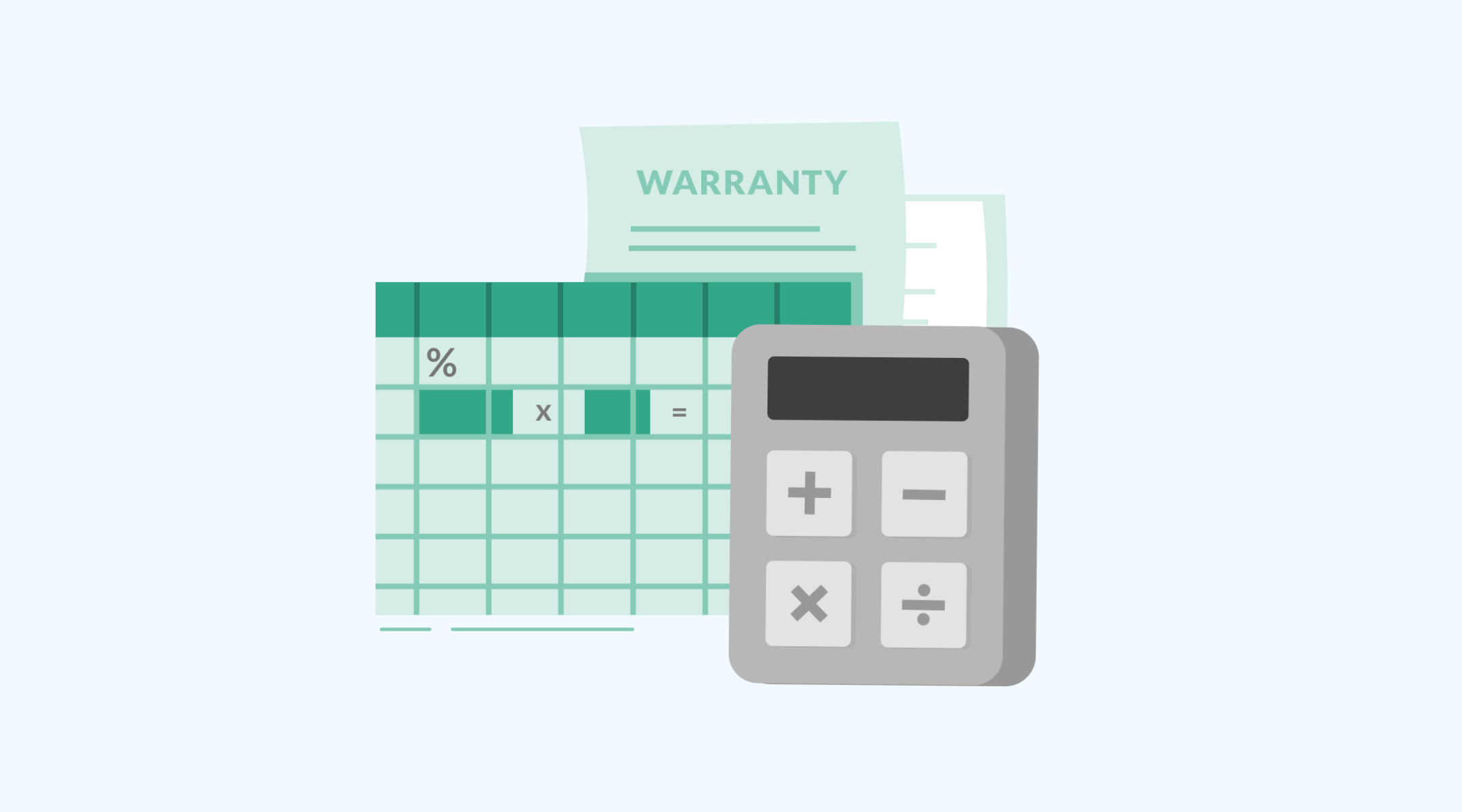Selecting your maintenance benchmarks can be daunting, so we spoke to a variety of fleet managers who identified 6 key considerations to address first. From ensuring accuracy and data availability to selecting industry peers, ensure you start with a few strategic questions before implementing any new benchmark strategy into your maintenance process.
1. Liaise with your industry peers to determine the metrics they manage.
The best place to start is by looking at what your competitors measure and manage. Keep in mind, your best resource for getting connected to others in the industry is likely through your EAM vendor. They can put you in contact with similar organizations in your industry, and many provide benchmarking services.
2. Identify Valuable Industry Peers.
Identify peer companies that are a close match to your own in terms of size, asset types, and the number of assets. It is important to also ensure that the assets are used in the same or similar operating environments and capacities.
3. Ensure your EAM is providing you with the right data.
Determine the availability of the data you want to measure in your EAM application. Is this data available to you now? Is the data as clean and accurate as possible? It is highly recommended that you use standard Vehicle Maintenance Report Standards (VMRS) codes to ensure you and your peers are “speaking the same language”. Customizing your VMRS codes will affect accuracy when benchmarking against your peers.
4. Avoid speculative measurements, talk in real-time numbers.
Measure your performance in real-time numbers. Be sensitive to variables that could affect your comparison including cost, age, materials and composition, asset usage, and PM efficacy. Account for any accidents and breakdowns that have occurred at the asset-level. There are three common variables: Quality, Time, and Cost. Consider whether or not there could be a difference in the process that could affect each variable.
5. Measure your events in percentages.
For example, measure asset failure frequency in percentages to account for the difference in density of the fleets. A higher number of vehicles with the same composition doesn’t mean higher failures than a fleet with a smaller asset count when you measure as a percentage. Of course, a fleet of 10,000 assets will have more failures than a fleet of 500. Instead of looking at the number of asset failures, determine the percentage to quickly cut to the truth of the situation. Is something in the spec driving failures, not by occurrence? Refer to the asset specs in order to identify whether a certain part, material, or component could be causing the failures.
6. Measure repair-related not PM-related metrics.
When benchmarking, ensure you are measuring repair-related factors like cost per mile for Preventive Maintenance items as well as the quality of materials. Do not conflate PM-related factors with repair-related factors such as PM frequency, failures, and cost per repairs.







